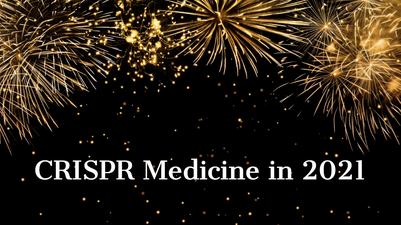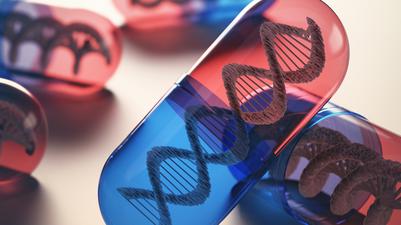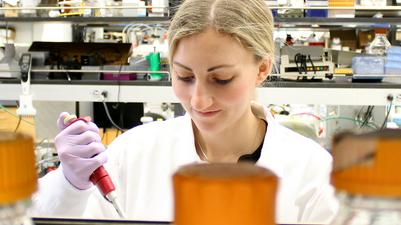Disease name: Diabetes Type 1
ICD-10 Disease Code: E10- Type 1 diabetes mellitus
General description:Type 1 diabetes (T1D) is an autoimmune disease that results in destruction of the insulin-producing beta cells of the pancreas. The resuling insulin deficiency leads to rising blood glucose levels that over time can lead to a range of complications that include the heart, eyes, kidneys, nerves, and gums and teeth.
T1D may debut at any age but it usually begins in childhood or early adulthood, and is fatal if untreated. The standard current treatment is regular blood glucose monitoring and subcutaneous administration of modified human insulin expressed in heterologous hosts, e.g., E. coli.
Mutations:The exact genetic causes of T1D are currently unknown, as the disease is multifactorial, but several risk factors have been identified, with certain variants of the HLA-DQA1, HLA-DQB1, and HLA-DRB1 genes being associated with the disease. These genes encode proteins that play a critical role in the immune system, and T1D is also currently considered an autoimmune disorder. Other non-HLA single-nucleotide polymorphisms that have been shown to be associated with T1D are found in genes such as PTPN22 (protein tyrosine phosphatase non-receptor type 22), UBASH3A (ubiquitin associated and SH3 domain containing A), ERBB3 (Erb-B2 receptor tyrosine kinase 3), CLEC16A (C-type lectin domain containing 16A), IL-27 (interleukin-27), CTRB (chymotrypsinogen B1), C14orf64, GSDM (gasdermin A) and HORMAD2 (HORMA (Hop1, Rev7 and MAD2) domain containing 2).
Disease frequency:Approximately 1 out of every 300 individuals will develop type 1 diabetes by the age of 18 in the United States and Europe. The rate is much lower in Asia and South America with only 1 in 1 million new cases per year.
Symptoms:The first symptoms of T1D include high blood sugar, which may lead to frequent urination (polyuria), excessive thirst (polydipsia), fatigue, blurred vision, tingling or loss of feeling in the hands and feet, and weight loss. Untreated T1D can lead to diabetic ketoacidosis, which is a life-threatening complication. This complication happens because the cells cannot take up glucose (because of the lack of insulin), and the liver compensates by breaking down fatty acids, leading to excessive build-up of acidic ketones in the blood.
Treatment:Treatment of T1D includes insulin replacement therapy, with different types of insulin being available depending on the patients needs - such as short-acting, rapid-acting, intermediate-acting and long-acting insulin. However, improper control can cause blood sugar levels to be too low, leading to hypoglycemia.
Sources:- https://medlineplus.gov
- https://www.ncbi.nlm.nih.gov/pmc/articles/PMC7882399/
- https://www.mayoclinic.org/diseases-conditions/type-1-diabetes/diagnosis-treatment/drc-20353017
- https://www.cdc.gov/diabetes/basics/diabetic-ketoacidosis.html







